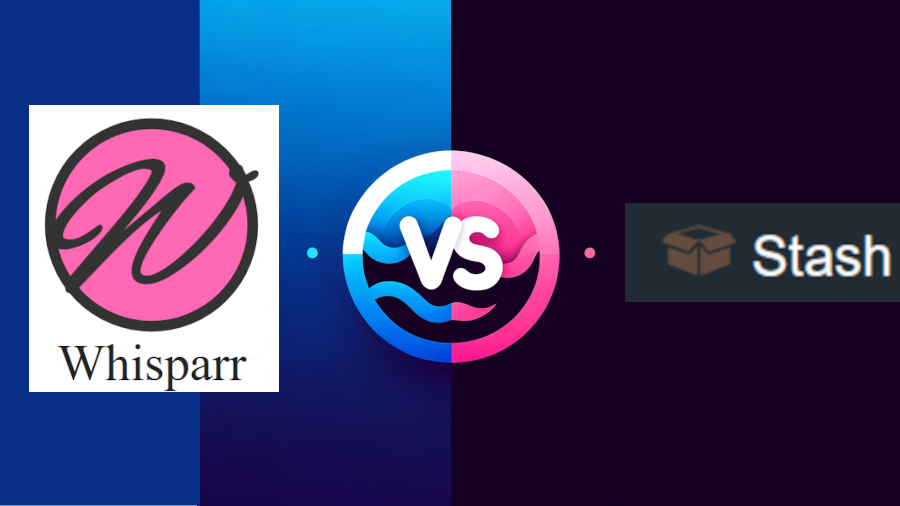Usenet’s got you in knots with damaged files?
MultiPar steps up as the new fix-it kid on the block, but don’t expect miracles – it’s just another tool in the fight against file corruption.

Key Takeaways
- MultiPar, succeeding QuickPar, repairs files and is especially useful for Usenet downloads.
- Use PAR files to fix incomplete or damaged downloads from Usenet.
- For Linux and macOS, alternatives to MultiPar are Par2cmdline, PyPar2, and MacPAR deLuxe.
- PAR files offer speedy data recovery but aren’t as comprehensive as RAID or cloud backups for large files.
Why do we need Par Files?
Understanding Par files is crucial when dealing with incomplete or damaged downloads from Usenet, as they are the key to restoring your files to their pristine condition. Think of using Par files for data recovery as having your own digital first aid kit.
It’s pretty nifty because these files swoop in to save the day when your downloads get all banged up. The real deal here is the advantages of using Par files for file sharing.
Getting Started With MultiPar
To dive into the process of repairing damaged files with MultiPar, first ensure you’ve snagged the latest version from the official website. Once you’ve got it, you’re ready to roll with a tool that’s all about giving your files a second chance.
MultiPar features
These are the key features of MultiPar:
| Features | Description |
|---|---|
| File Verification and Repair | Checks and repairs damaged files using PAR2 technology. |
| Multi-threading Support | Utilizes multiple CPU cores for faster processing. |
| Recursive Search | Automatically finds files in sub-folders for verification and repair. |
| Batch Processing | Enables simultaneous processing of multiple tasks. |
| Drag-and-Drop Interface | Simplifies the process of adding files for operations. |
| Customizable Redundancy | Allows adjustment of the recovery data amount created. |
| Unicode File Name Support | Compatible with files having non-English characters in their names. |
| Command Line Interface | Provides options for script-based, automated operations. |
| Error Tolerance | Capable of handling minor errors in source files during the recovery process. |
Deciphering Usenet File Structures
Now that you’re equipped with Multipar, let’s unravel the mystery behind Usenet’s file structures to ensure you can tackle any hiccups during the repair process. When you’re diving into Usenet’s visual treasure trove, you’re bound to encounter some pesky corrupted files.
With a little bit of know-how in analyzing file integrity, you’ll be troubleshooting corrupted files like a pro:
- Run MultiPar: Open the program and select the folder containing the files you wish to check.
- Load PAR2 Files: If you have PAR2 files, load them into MultiPar to assess the integrity of the associated files.
- Analyze Data: Allow MultiPar to analyze the files and PAR2 data. It will indicate if there are any corrupted files.
- Initiate Repair: If corrupted files are detected, use MultiPar to repair them using the PAR2 files.
- Recheck Integrity: After the repair process, run another check to ensure all files are now intact.
This process helps you efficiently identify and fix file corruption issues with MultiPar.

Initiating the Repair Process
Embarking on the repair journey, the first step is to fire up MultiPar and let it work its magic on your damaged files. You see, Par files are like your digital knights in shining armor when it comes to file recovery. They swoop in to tackle those nasty corrupted bits. So, here’s the lowdown: Par files are essential, they’re your recovery buddies.
- Open MultiPar: Launch the application and navigate to the folder with the corrupted files.
- Select Files for Repair: Choose the files you need to repair along with the corresponding PAR2 files.
- Initiate Repair Process: Click the ‘Repair’ button to start the file repair process.
- Monitor Progress: Watch the progress bar to track the repair process.
- Review the Log: After completion, check the log for any errors or messages about the repair process.
Executing and Finalizing Repairs
To recheck file integrity after repair with MultiPar, follow these steps:
- Reload Files: After the repair, reload the same files in MultiPar.
- Re-Verify: Initiate the verification process again in MultiPar.
- Assess Results: Check if MultiPar shows all files as complete and intact.
- Resolve Remaining Issues: If there are still issues, consider repairing with additional PAR2 files if available.
- Confirmation: Once all files show as complete, the repair process is successful.
This process ensures that the files are fully restored and free of corruption.
Frequently Asked Questions
Are PAR files effective against malware/virus damage or just transmission errors?
Par files primarily address transmission errors, not damage from malware or viruses, which often involve file encryption beyond recovery limits; their use is limited to reconstructing incomplete or corrupt files during transfer processes.
How do PAR files impact copyright concerns on Usenet?
The creation and distribution of PAR files on Usenet may complicate copyright issues, potentially leading to inadvertent infringement and complex legal implications for users seeking liberating solutions to access and share content.
What are alternatives to MultiPar for Linux or macOS?
Yes, for Linux, alternatives like Par2cmdline and PyPar2 exist, while on macOS, MacPAR deLuxe offers similar functionality, ensuring that users across platforms can freely repair and restore their compromised files.
How do PAR files fare against RAID or cloud backups for data recovery?
Imagine a safety net for your data; PAR files act as such, enhancing file longevity. They’re nimble in recovery speed, unlike the heavier RAID or cloud backups, giving you the liberty of swift restoration.
What are PAR technology’s limits for repairing multi-terabyte files/datasets?
When handling massive files, PAR technology’s effectiveness diminishes due to performance bottlenecks and hardware constraints, which can impede the repair process for datasets spanning several terabytes.




